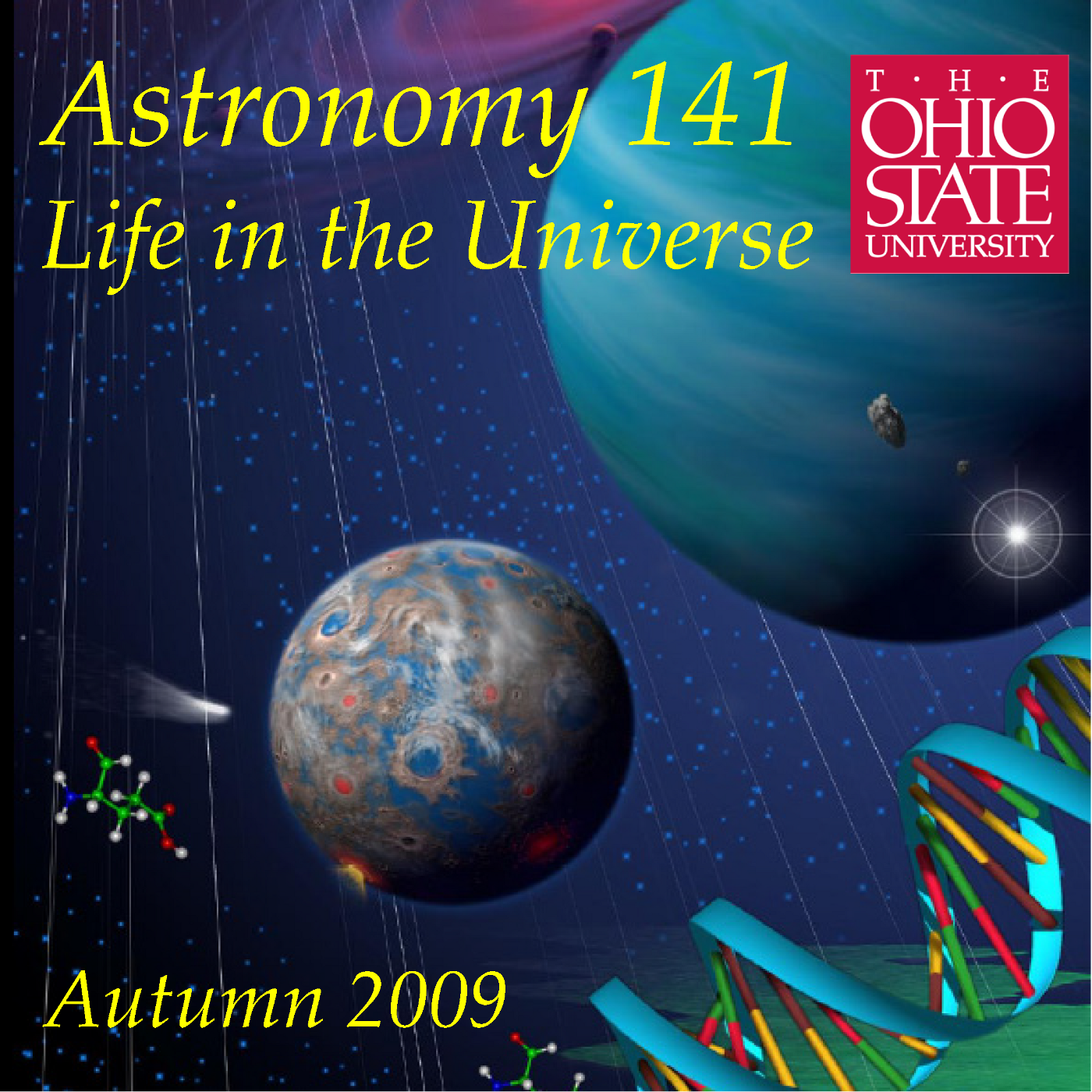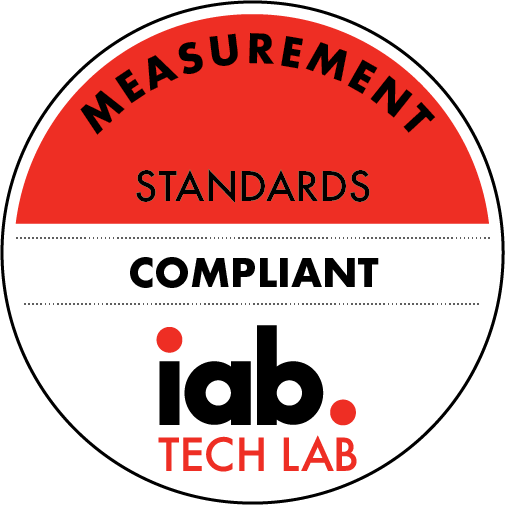Lecture 29: The Children of Saturn
Description
Among the 61 known moons of Saturn, two stand out: Enceladus and Titan.
Giant Titan is the only moon in our Solar System with a substantial
atmosphere, composed of nitrogen and methane, dense enough to maintain a
weather cycle with methane analogous to the water cycle on Earth, even
including great lakes of liquid methane and ethane at the poles.
Enceladus has fountains of water vapor and ice particles that coat its
surface in fresh ices, and indicates the presence of liquid water
beneath its icy surface. Is this just pockets of tidal-heated water, or
hints of a deep global liquid water ocean. I will describe new results
on these two children of Saturn, and the possibilities they have for
finding life, or life-like conditions, elsewhere in our Solar System.
Recorded live on 2009 Nov 4 in Room 1005 Smith Laboratory on the
Columbus campus of The Ohio State University.
More Episodes
Course finale and summary. We look back over where we've been the last
eleven weeks, and bring together all of the main themes of this course
on Life in the Universe. Recorded live on 2009 Dec 4 in Room 1005 Smith
Laboratory on the Columbus campus of The Ohio State University.
Published 12/04/09
Published 12/04/09
How will life, the Universe, and everything end? This lecture looks at
the evolution of our expanding Universe to project the prospects for
life into the distant cosmological future. Recent observations show
that we live in an infinite, accelerating universe. I will trace the
evolution of the...
Published 12/03/09


